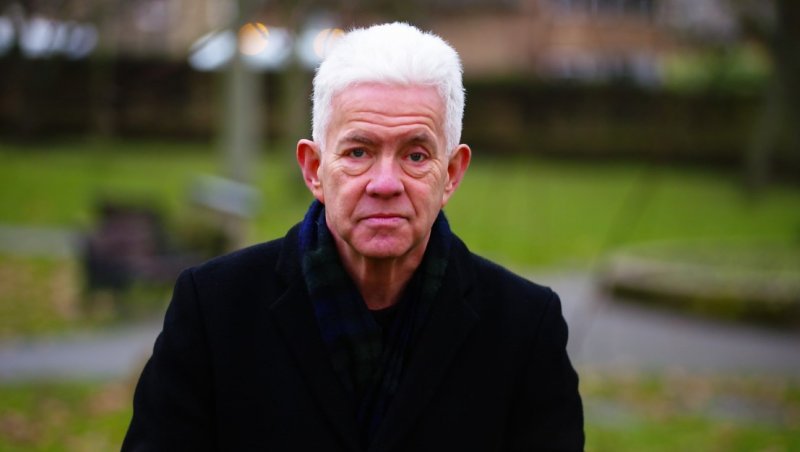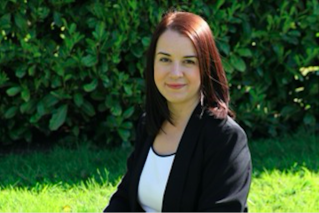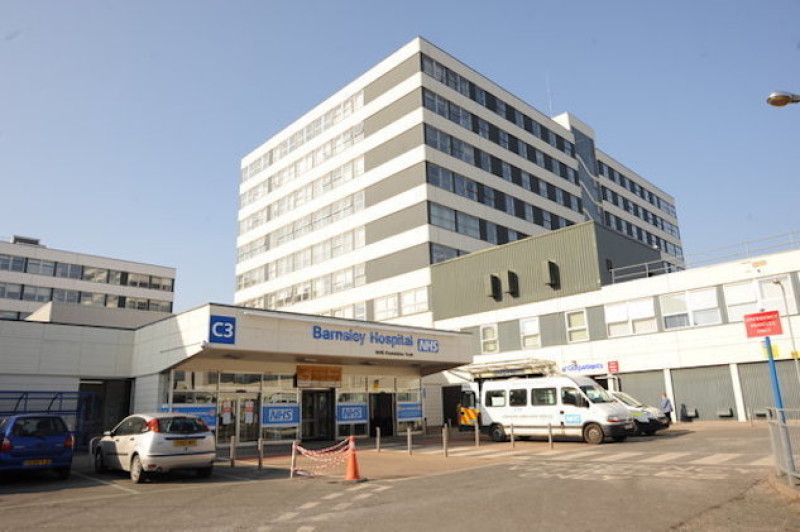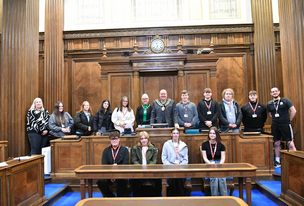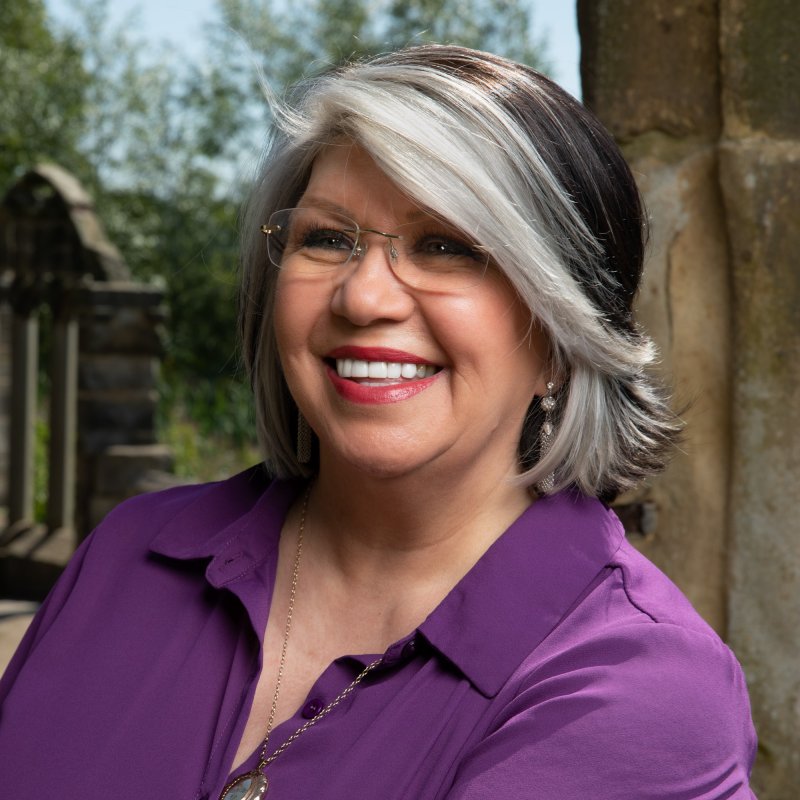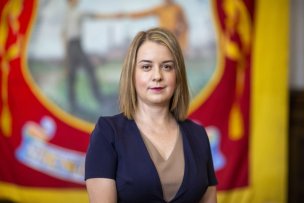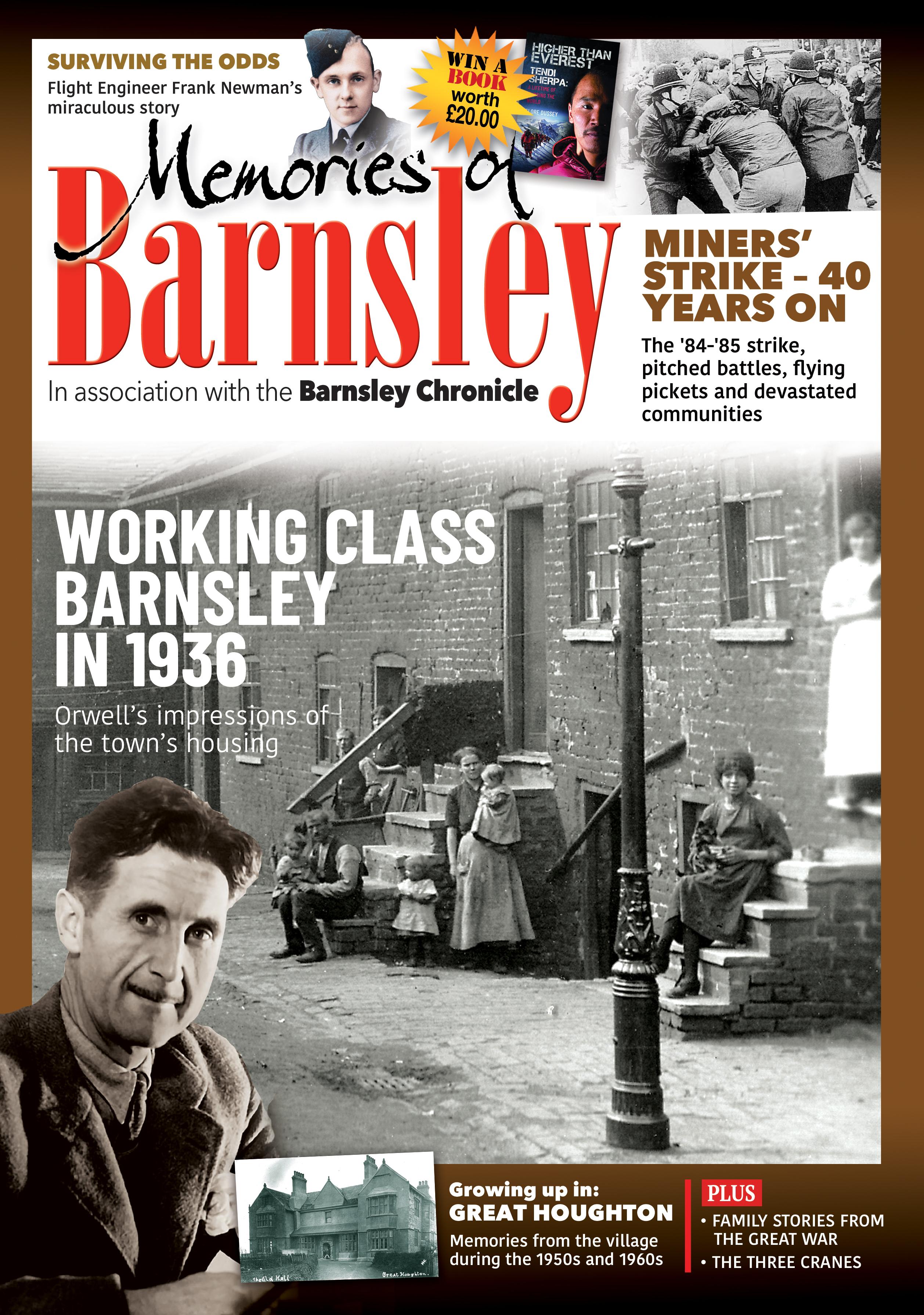ALMOST 200 patients are attending A and E in Barnsley more than ten times a year costing the NHS thousands, new figures have shown.
A breakdown of NHS hospital data by the healthcare analysis company Dr Foster found 192 people visited the emergency department at Barnsley Hospital ten or more times between June 2017 and May last year.
The data, broken down by areas across South Yorkshire, includes people who were over the age of 11 and attended on a ‘non-planned follow-up’ visit.
NHS bosses in Barnsley said they have measures in place to try and reduce this figure.
Researchers found that ‘high intensity users’ (HIU) are more likely to live in more deprived areas, be aged 21 to 31 and, visit A and E between 8pm and 6am and the most attended day was a Monday.
The data also showed the most common condition patients are admitted to hospital with is chronic obstructive pulmonary disease, but also chest and abdominal pain, poisoning by drugs, medications and psychotropic agents and alcohol-related disorders.
National figures show 5,000 HIU patients cost the NHS £53m  around £10,600 per person.
The report said: “As well as generating high healthcare costs, HIUs also increase the risk of overcrowding in emergency departments, affecting the safety and care that can be offered to other patients.
“This relatively small proportion of patients can, therefore, have a significant impact on limited NHS resources and, as such, presents an opportunity to reduce the strain on emergency services.
“It is also important to understand why high intensity users are visiting A and E so frequently, their needs are potentially not being addressed elsewhere in the system one way or another, whatever the root cause of their visits.”
Dr Nick Balac of Barnsley NHS CCG said: “We see around eight thousand attendances to A and E in Barnsley every month.
“The number of people using it more than ten times is relatively small and healthcare teams from the hospital, community, ambulance and social care work closely to support these people. Last year though we started to look at what additional and alternative support could be offered.
“This might be helping people gain confidence to manage a long term condition such as COPD, or quite often there’s a complex set of reasons why someone comes to A and E.
“Last year, we put in place the My Best Life service. They are working with the staff to identify people who attend more than we’d expect. They are put in touch with the patient to find out more about what support they need.
“We’ve seen really positive outcomes for people who have been referred to My Best Life by their GP or community health care team, so I’m hopeful that we can make that real difference to some of those people who have been regularly visiting A and E.”

